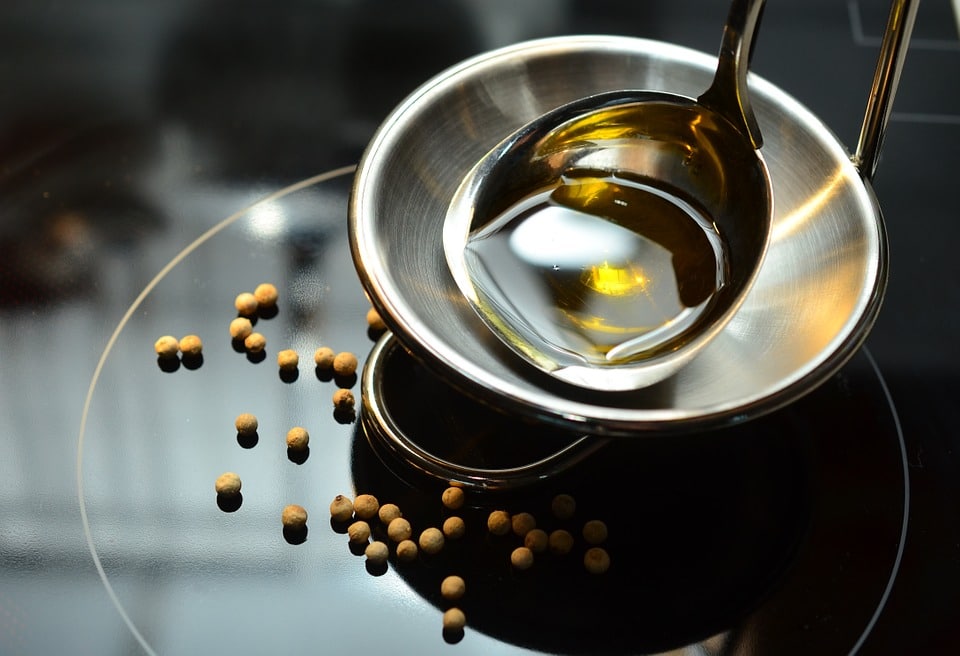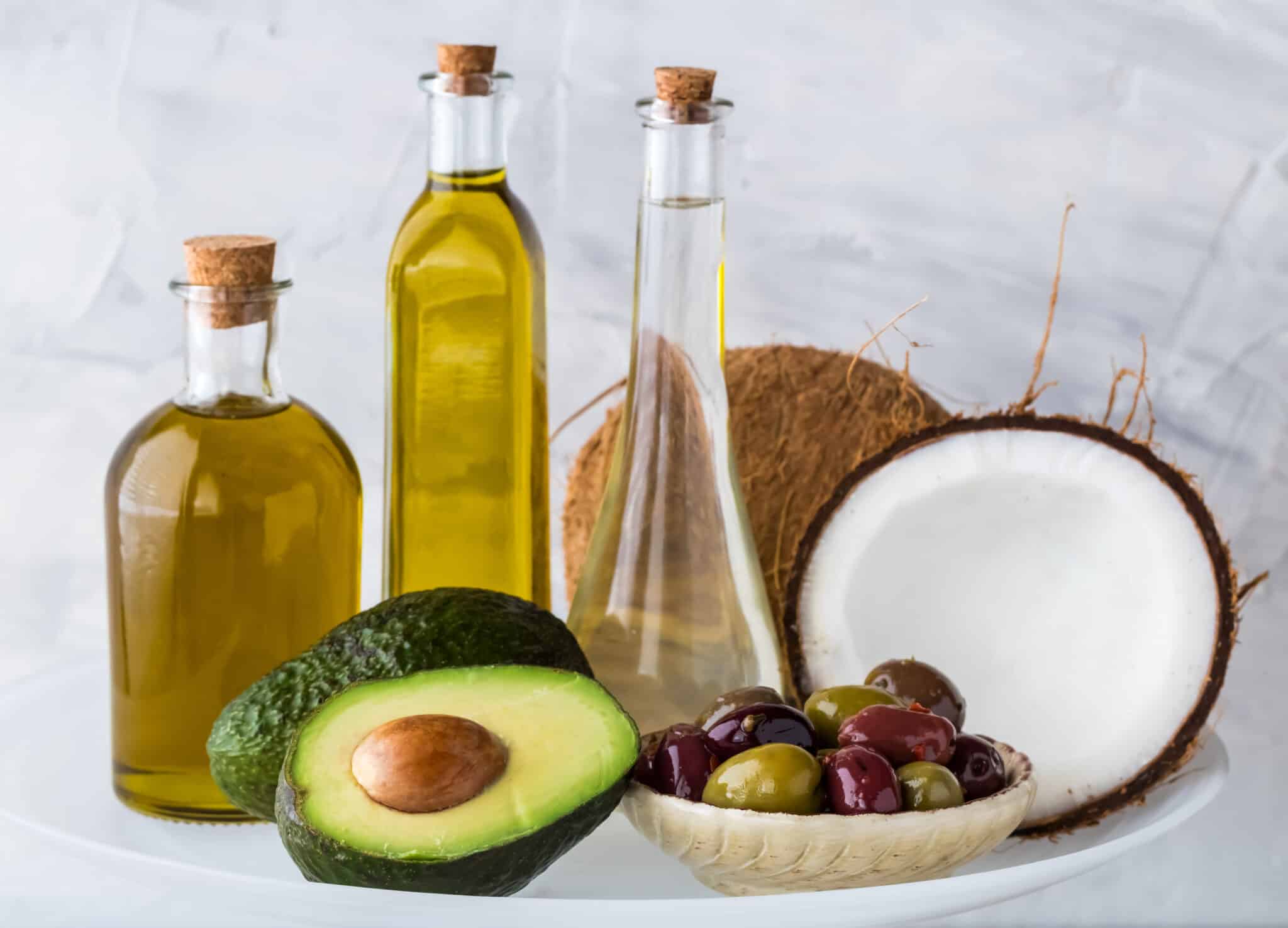Understanding olive oil quality will help us to choose better when shopping for oil. Selecting the best quality olive oil on the market always entails a certain degree of subjectivity by the person making the choice. However, a number of factors play a role in olive oil quality: the composition of the soil in which the trees grow, the climate, the ripening process and how ripe the olives are when picked.
As we mentioned in other blog posts, the perception of “olive oil quality” goes hand in hand with extra virgin olive oil. This concept dates back to the Roman Empire, whose residents were the first to classify olive oil according to its place of origin. This post explains the different types of olive oils that exist.
How do we determine olive oil quality?
The belief that extra virgin olive oils are the best is based on the fact that they have more culinary properties and health benefits than other olive oil varieties. This is due to the concentration of polyphenols and natural antioxidants, such as vitamin E and Omega 3.
These elements help create the spicy and slightly bitter taste of this variety that, according to the Romans, ensured good health.
What are the top quality indicators?
FLAVOR
Taste is the most characteristic and complex indicator. The theory is that quality lies in the perfect harmony between spiciness, astringency and bitterness. In fact, the presence of these attributes is only noted in virgin oils.
AROMA
As perhaps the most delicate and subtle perception, it lies in the sum of the sensations conveyed by the oil’s volatile compounds. In general, better quality oils have a more intense aroma that reminds us of fresh olives, fruit or vegetable scent.
ACIDITY
We can find this parameter on labels and it measures the quantity of free fatty oleic acid present in olive oil. Acidity is the percentage (expressed in %) in weight of free oleic acid in relation to the total quantity of oil.
A low level of free fatty acids is an indicator of better olive oil. So, a good quality olive oil (Extra-Virgin olive oil) must feature a free acidity lower than 0.8%.
Would you like to learn more about olive oil? Find out how to choose the right type of olive oil and subscribe to our newsletter below to receive more related content and updates on Italica’s own brand of oils.





